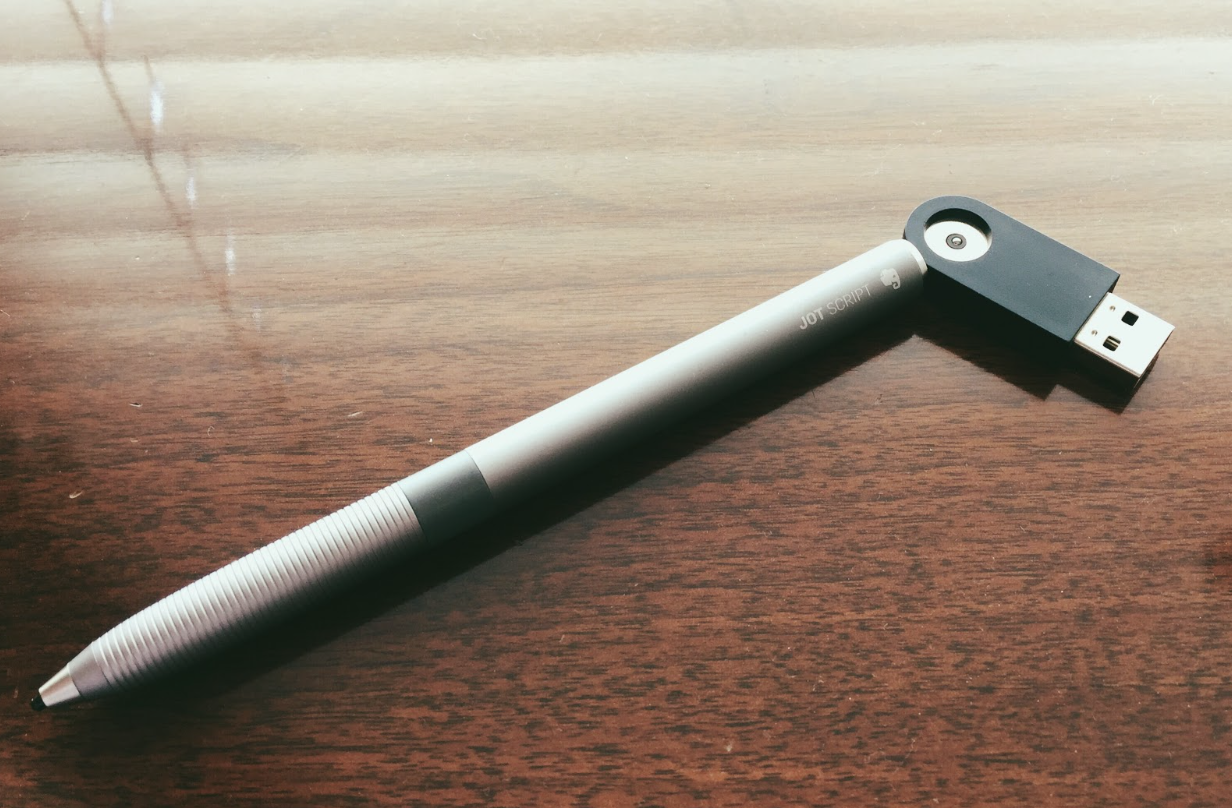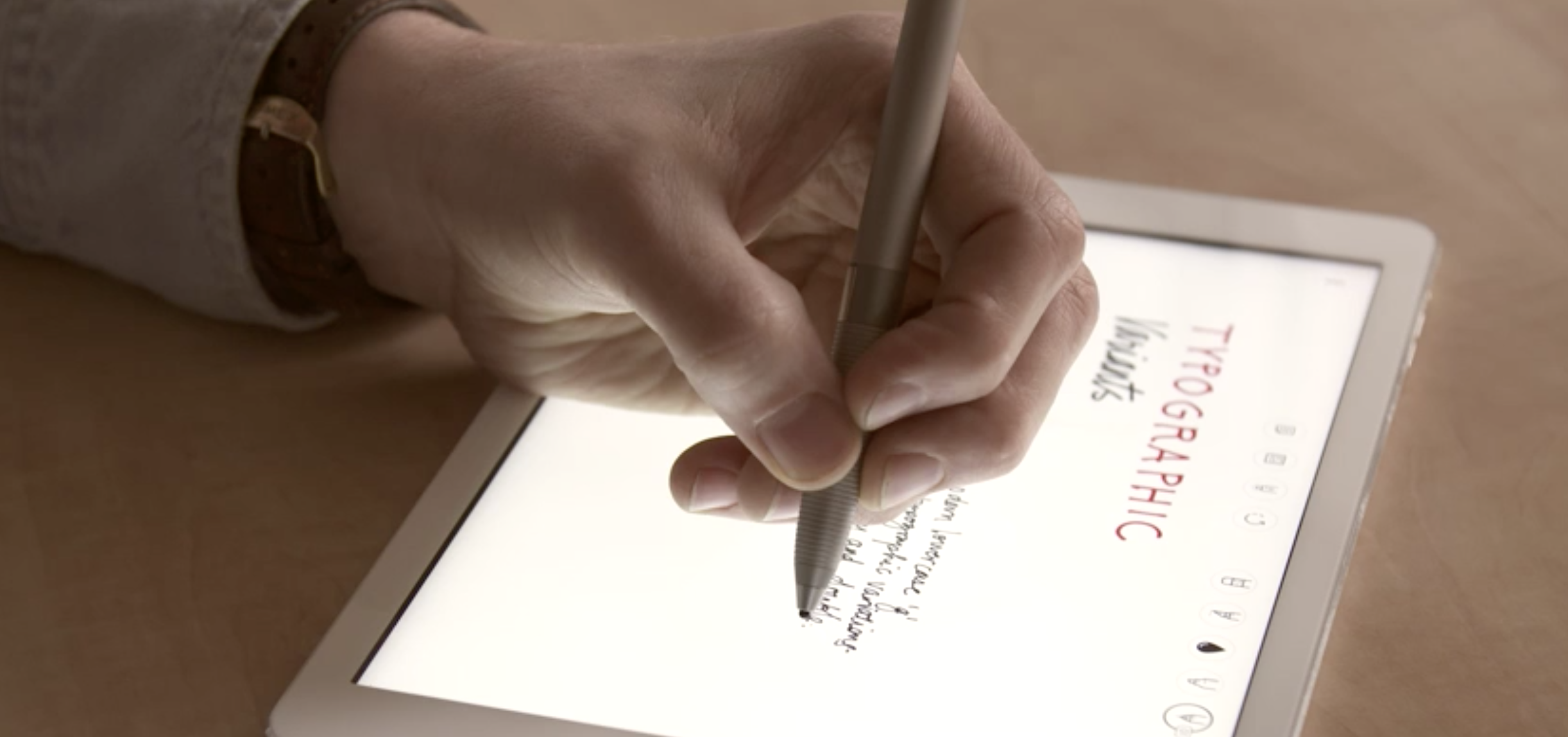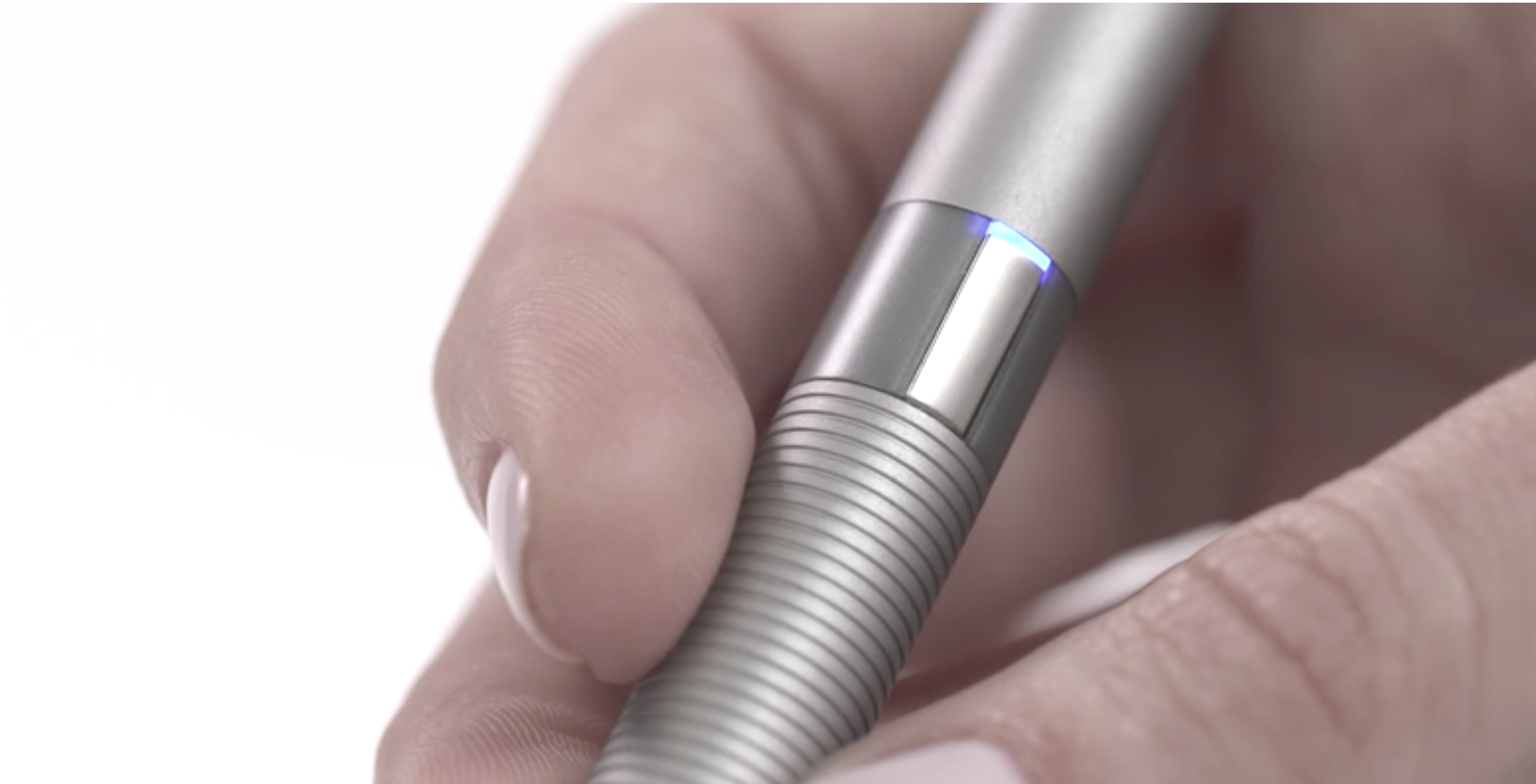
Want to take notes on your iPad? You can definitely grab any stylus and notes app and just start writing, but the results might be a little disappointing.
The first thing you should be aware of is that the iPad isn’t really made for precise writing utensils. Its touch input recognition was always intended for something the size of a finger—same goes for the iPhone. Of course a stylus can be used, but accuracy and feel are often lackluster.
If you can get past that and deal with those limitations, writing on the iPad works fine. If you can’t, then you’ll probably hate it—though it shouldn’t be seen as the fault of stylus makers.
Adonit, which makes the Jot Script 2, is making a valiant effort to give people the tools to do their jobs in different ways beyond keyboard input. But currently it feels a little like forcing a square peg into a round hole.
There’s also the consideration that for some people, the time for handwritten input on a digital device has been skipped over. I wouldn’t ever say writing by hand is doomed or shouldn’t be used, but in the context of computers, tablets, and phones, the opportunity may have passed to make it a viable option.
The truth of the matter is that handwriting might be more of a fantasy now than an actual reality. I write occasional notes and interview questions down in a notebook, but testing the Jot Script 2 I found myself not caring to actually write notes versus typing them.
It’s like broadcast TV compared to on-demand service, it used to be fine waiting for shows to come on until it was common to just pick from a list of available shows. Digitally handwriting something is fine, but compared to typing don’t see it answer the question of: why?
Hardware

As far as the Jot Script 2 is concerned, it’s a great option for those that need a sturdy stylus. Everything about the Jot Script 2 feels nice in the hand. It’s thinner than the previous model and has been reworked to perform better as well.
The stylus claims to have faster performance with faster stroke tracking and smooth line rendering, but since I never used the first Jot Script, I didn’t notice that difference. Things like line rendering were done well, though.
One of the neat aspects of the stylus is its method for recharging the (20-hour usage rated) battery. It’s a small USB dongle which resembles a flash drive used to store data, but it’s not. It has a circular opening which holds the pen standing up magnetically as it’s plugged into a USB port for charging.
In terms of ways to keep the stylus small and still employ a clever method for getting it charged, this is one of the better ones I’ve seen.
When you’re not charging it and actually using it, there is one thing I found a little bothersome while testing it. That’s the tapping or clicking sound the stylus tip makes as it lifts up and down from the glass. It’s actually a claimed benefit of this second version, but it is still definitely noticeable—at least at first. As usage continues it is something that could fade from awareness, though it might bother people in a meeting with you.
Software

You can use a variety of note taking apps that will recognize the Jot Script 2 and connect directly with the stylus. Evernote has Penultimate which is free, otherwise there are others like Goodnotes, Forge, and Notes Plus.
I tried Goodnotes and Penultimate—Goodnotes is a universal app for iPhone and iPad, while Penultimate is an iPad only app. Both provide a lot of the same utility and I found the free Penultimate perfectly fine for everyday use.
If you just connect the stylus, and start writing, it’s pretty hard to keep your writing small enough to fit much on each page. Instead, there’s a neat little feature which expands a small area of writing and allows for better use of the space.
Basically, as you write, the page is continually scrolling so that you can go as fast or slow as you want and still take advantage of the enlarged space to write. I didn’t have a problem with this functionality at all, but could definitely see how it might be a little awkward at first.
My issues weren’t with the area to write in or the software, but the legibility of what I was writing. I don’t have the best handwriting ever, but it’s good enough and I’ve never had trouble reading my own writing. Using the Jot Script 2 and Penultimate, I just wasn’t ever satisfied with the results of the notes I was writing.
Which brings me back to the bigger picture of hand writing notes on the iPad. I think drawing is absolutely worthy of stylus makers pursuing a perfect writing utensil until they’re blue in the face, but in terms of note taking, I don’t think it’s worth it—yet. If Apple embraces new technology that gives styli a finer and quicker response from their hardware side then it might work. But as of now there’s too much lag and minor issues to make it worth fighting for.
Verdict

The Jot Script 2 is a compelling stylus, but it’s hard getting around the fact that styli in general aren’t the most productive input method for most people.
Still, the Jot Script 2 should be high on your list of considerations if you have found a use-case you need one for. It does come with a hefty price tag, but the Evernote version also comes with 6 months of Evernote Premium, which makes for a pretty nice bundle. And if you’re this into notes, you probably already heavily rely on the note program.
In th end, it’s pretty simple: if you don’t know whether you need a stylus for your iPad, you probably don’t. If you know you need one, the Jot Script 2 is worth a shot.